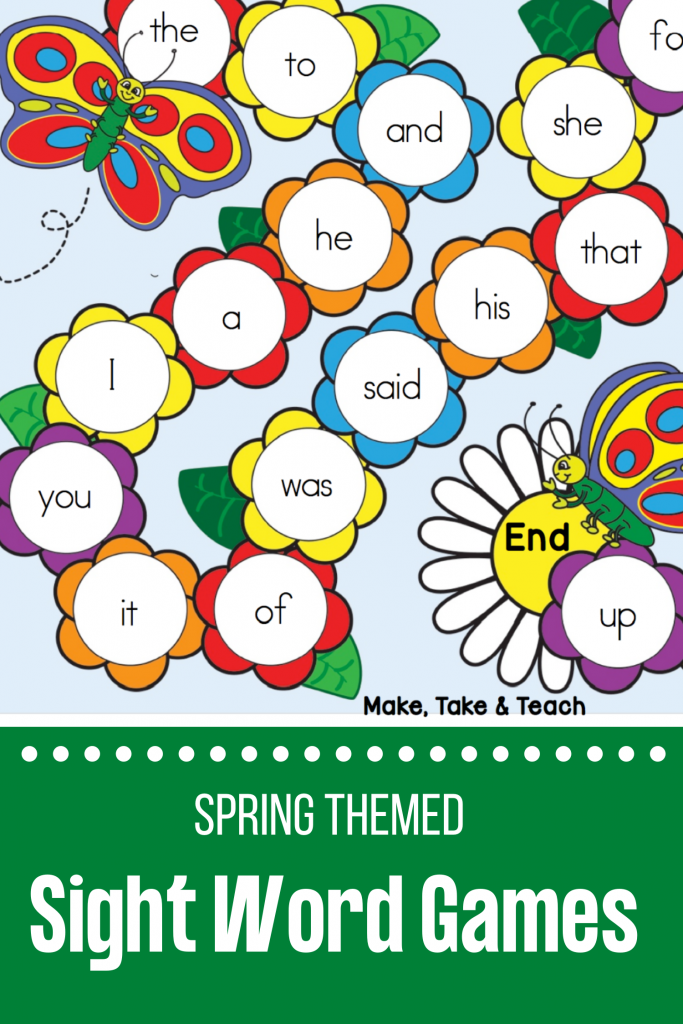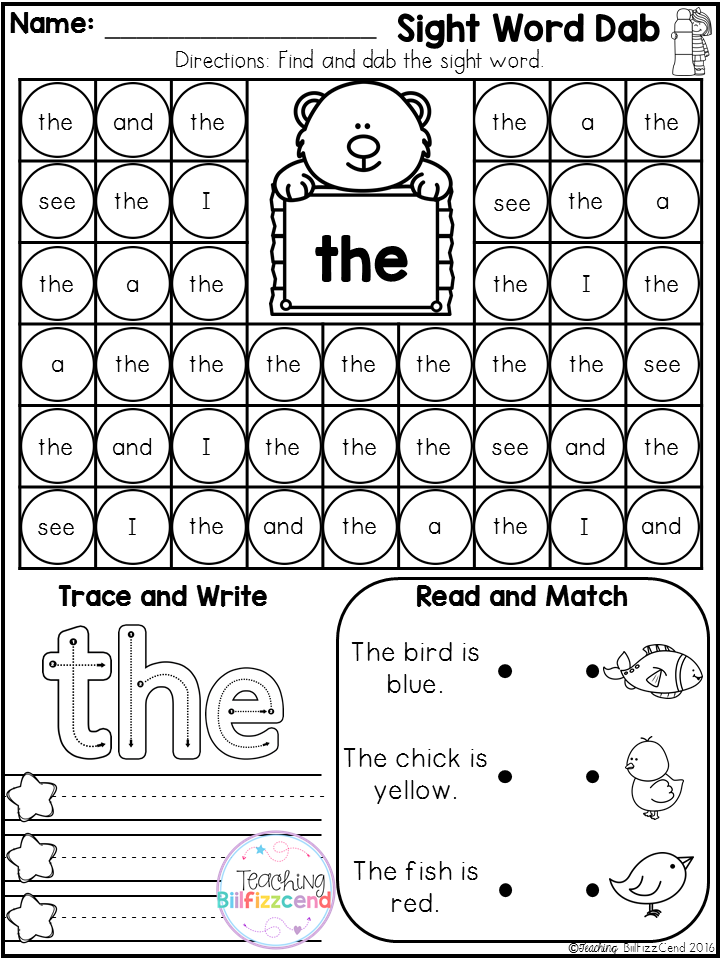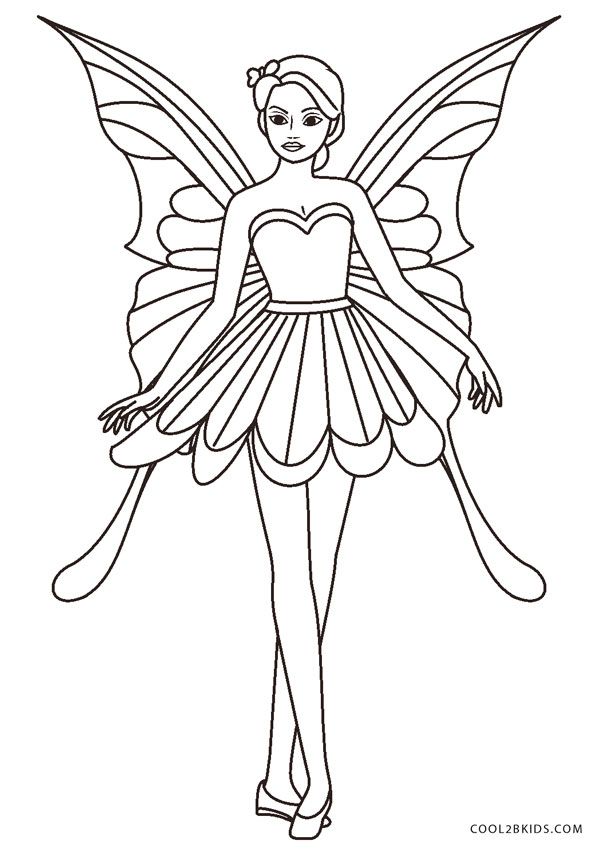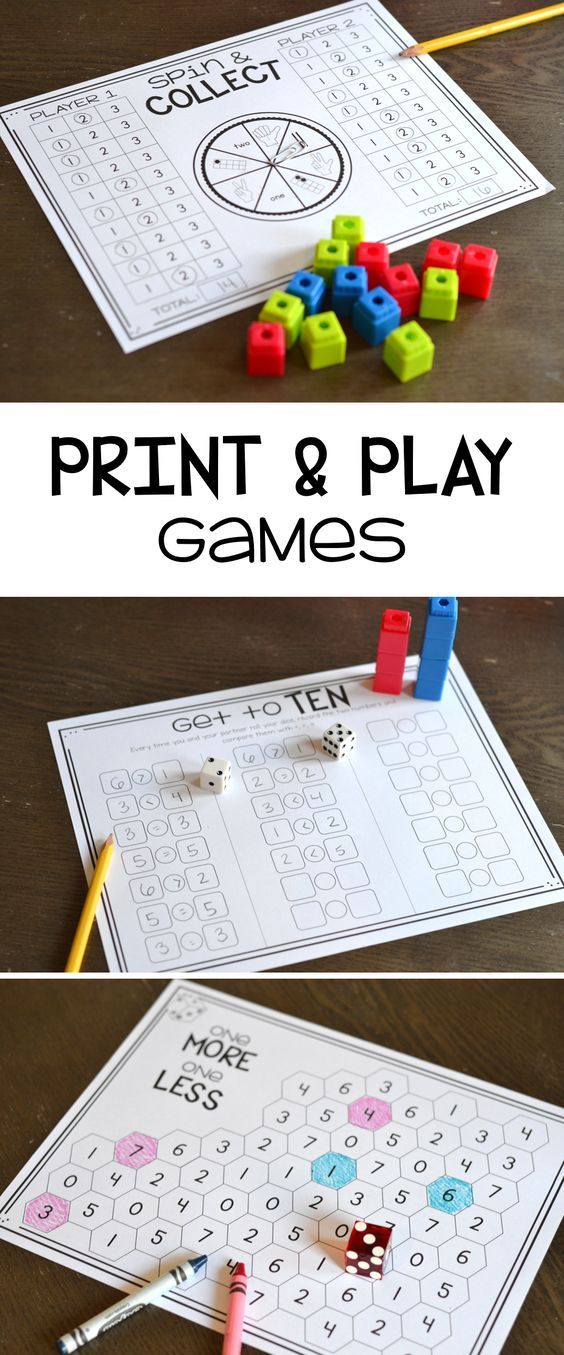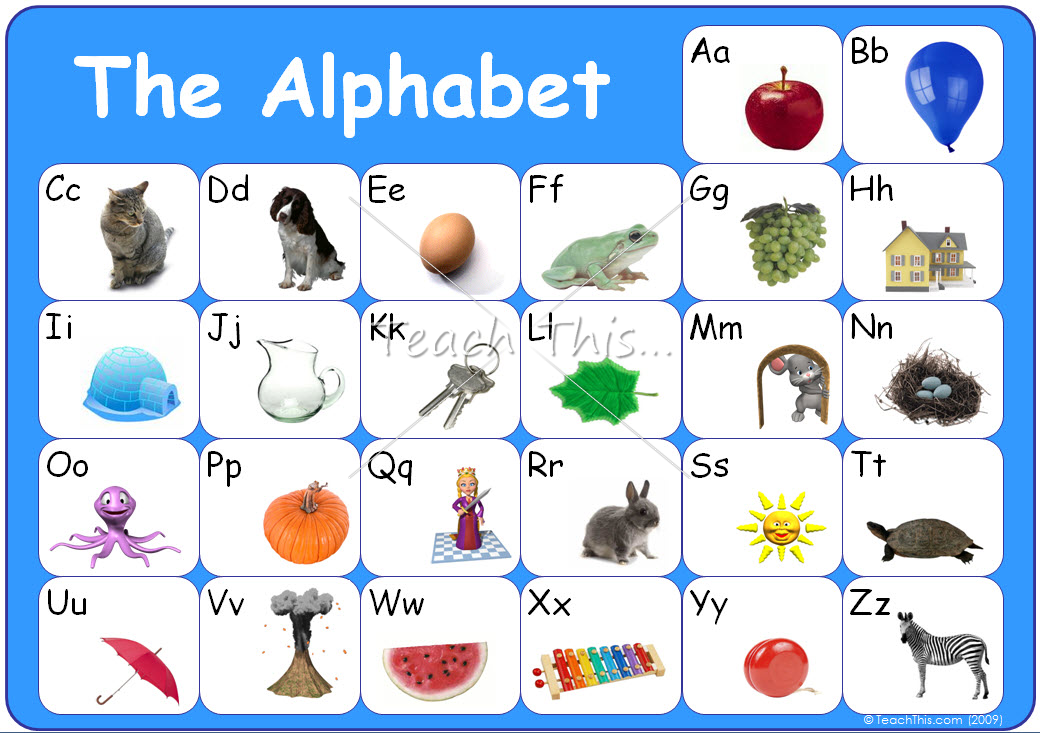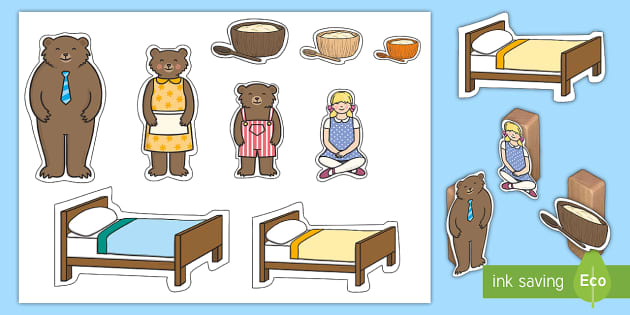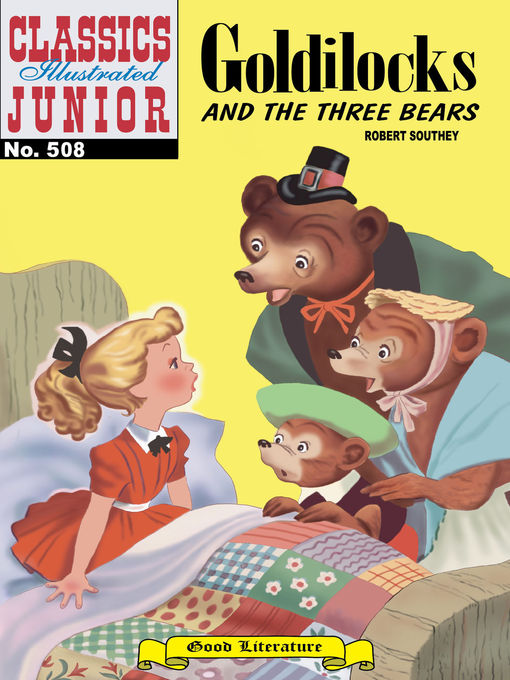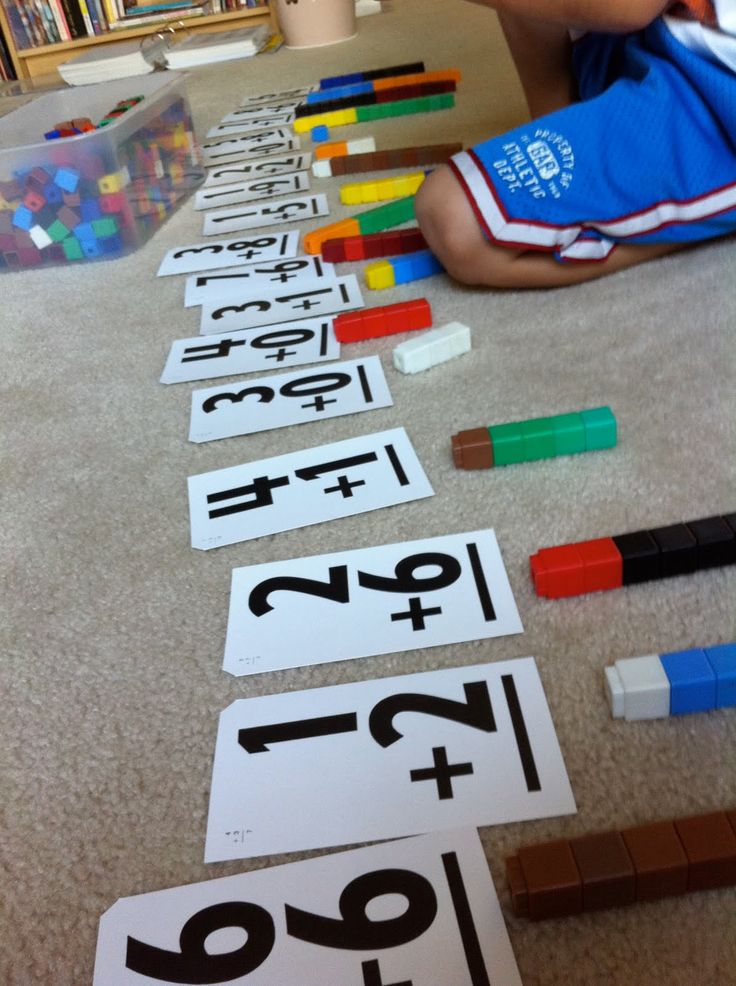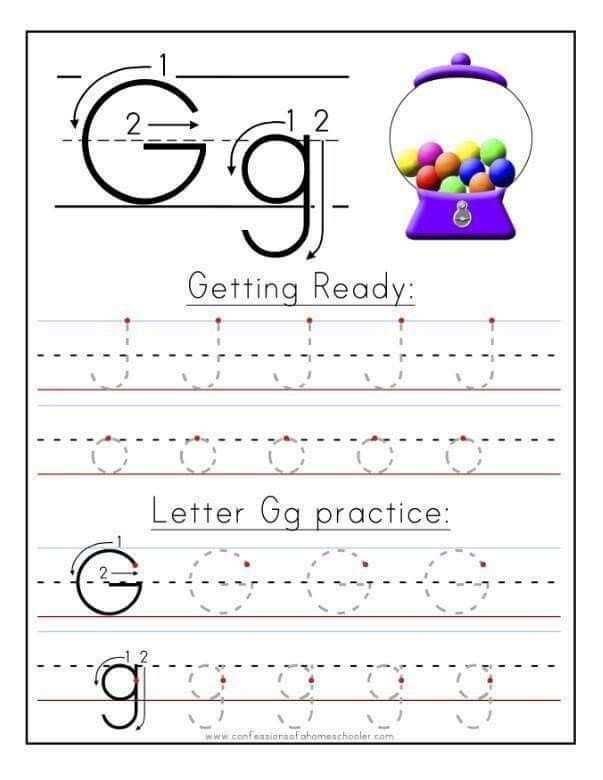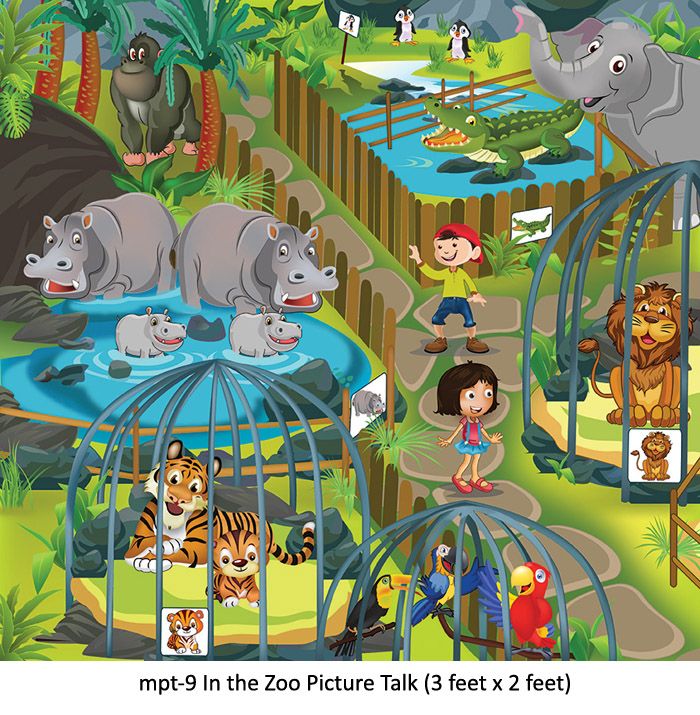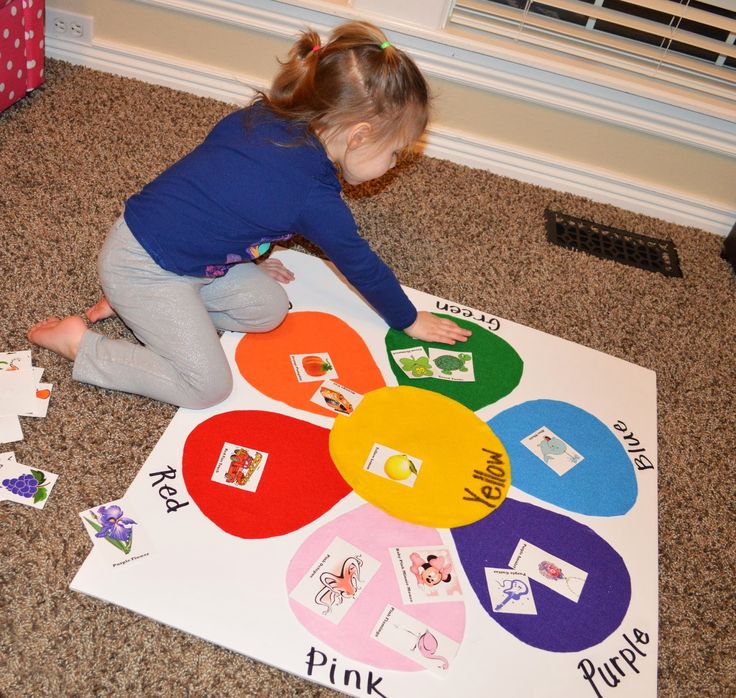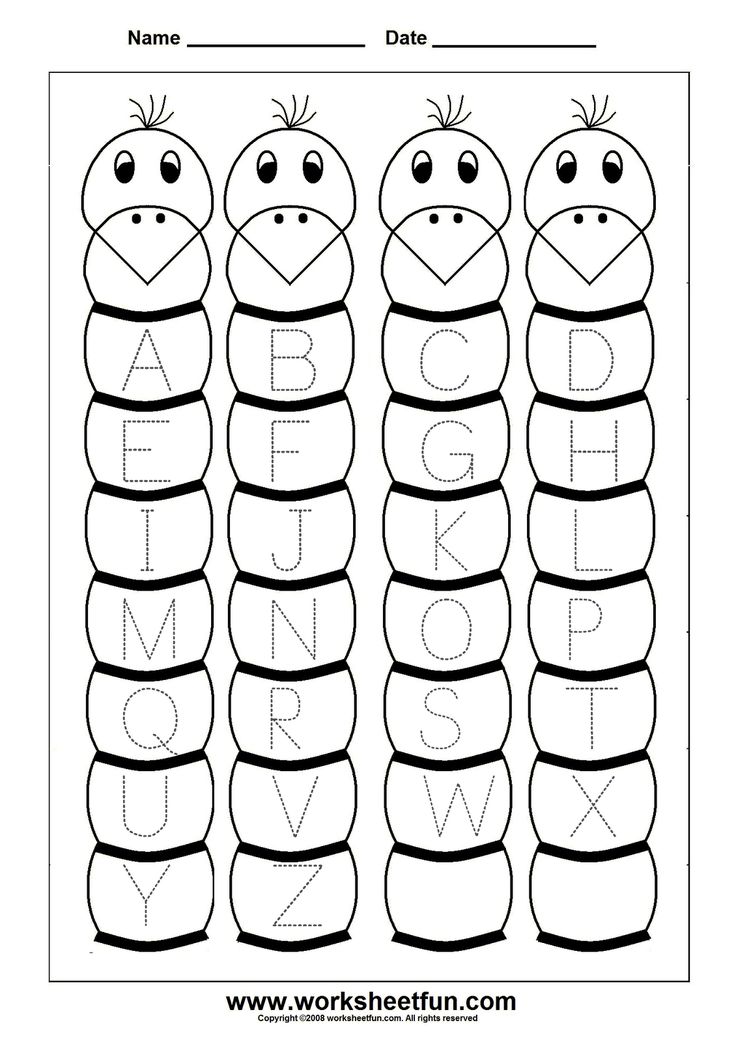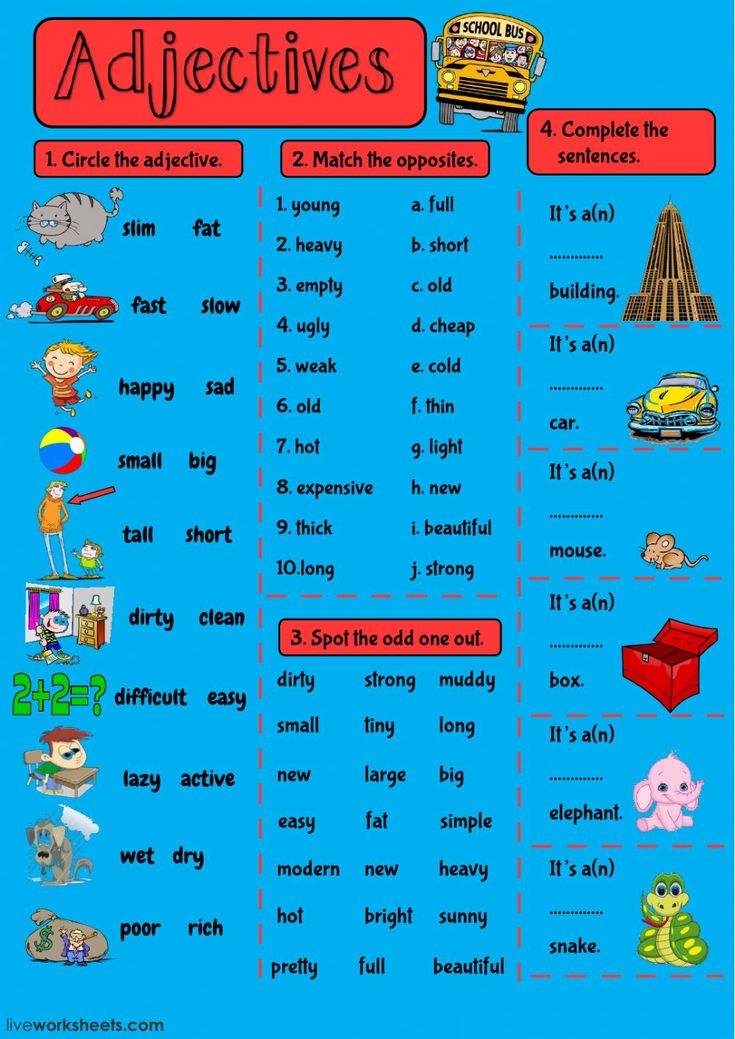Activities with sight words
48 Fun Sight Word Activities That Work
Teachers are always on the hunt for great sight word activities. Sight words are any words readers recognize automatically “by sight”—for fluent readers, that’s almost all words! High-frequency words, the most commonly occurring words in written English like those on the Dolch list, are often thought of as the most crucial sight words.
It’s a myth that blindly memorizing every letter in a sight word is the only way to learn it. The science of reading tells us that linking sounds and letters is the most effective way for kids’ brains to learn any word. Many common words are easy to tackle using beginning phonics skills (like “at,” “can,” “him,” etc.), so staying true to a strong phonics curriculum is one way to support kids’ sight word learning. Even irregularly spelled words have decodable parts, e.g., kids can use the sounds of “s” and “d” to help with “said,” even if the “ai” is unexpected. Experts often call these words “heart words” to call out for kids that they should learn the unexpected word parts “by heart.
” (If all this is unfamiliar to you, it can feel overwhelming, but you’ve got this! Check out teaching guru Jillian Starr’s explanation for more help.)
Check out these low-prep and engaging sight word activities for both teaching and practicing words.
1. Map it and drive it
This is a genius way to introduce words with appealing materials: Say the word, represent each sound with a LEGO brick, write letters for each sound, and “drive” to read it.
Source: @droppinknowledgewithheidi
2. Smush play dough for each sound
Set up a routine that works for any word. Play dough squishing for each sound is the ultimate multi-sensory component.
Source: @playdough3plato
3. Map words with a magnet wand
It is so super-satisfying to drag those magnetic dots around! Watch the video below for lots of tips on introducing a word using this process.
Source: @warriorsforliteracy
4. Make a mini book
Lots of handy info in one place for your little learners.
Source: @hughesheartforfirst
5. Tap it, pop it, learn it!
Hardwire those words in kids’ brains with this comprehensive word intro routine. (You had us with the pop its!)
Source: @hellojenjones
6. Find and swat words
An oldie but such a goodie. Find a word in an array and WHACK! Swat it with a fly swatter!
Source: @kids_play_learn_laugh
7. Flip word pancakes
Serve up sight word pancakes while practicing spelling them aloud.
Source: @bee_happy_teaching
8. Wear heart word bracelets
Make kids feel like sight word VIPs.
Source: @teachingmoore
9. Search for sight word balls
Write sight words on ball pit balls with a chalk marker or dry-erase marker. Kids can race around hunting for balls to read and toss in a basket, or hunt through a big tub of balls for a certain word.
Source: @preschoolforyou
10. Start a sight word band
Loud but oh-so-fun! Feel the rhythm while tapping and reading sight words stuck to homemade percussion instruments.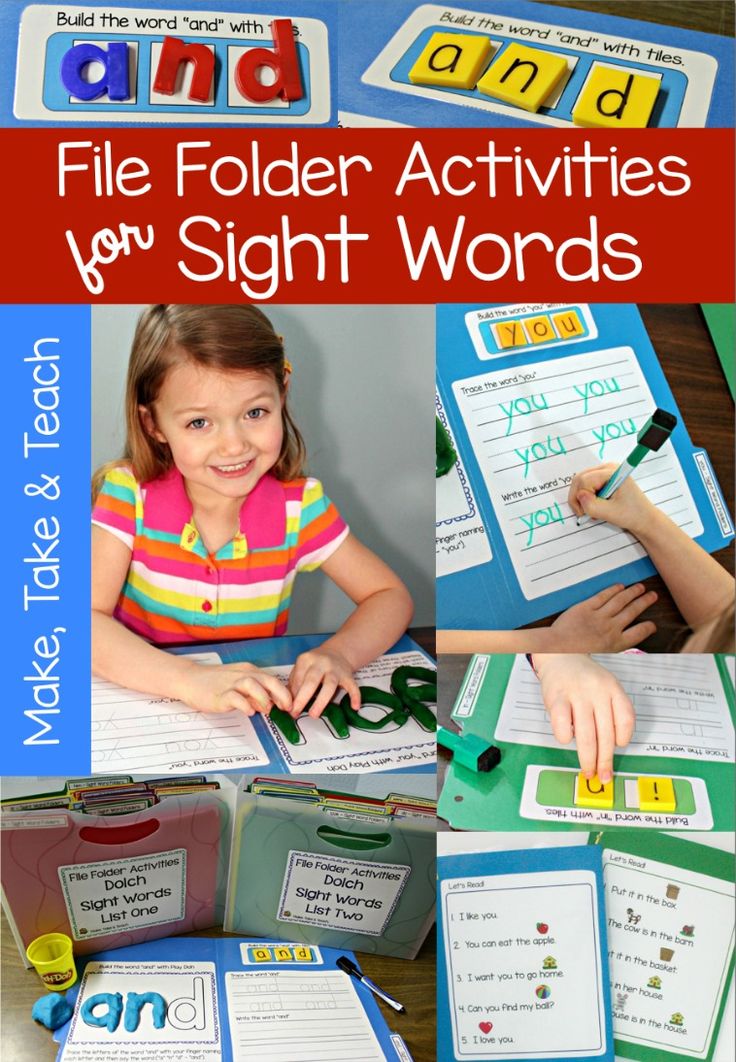
Source: @earlyyears_withmrsg
11. Drive on a sight word path
This is one of many fun ways to use magnetic tiles for learning! Kids love “knocking down” word tiles with a toy car as they read each one.
Source: @travisntyler
12. Use sticky notes to inspire sight word sentences
Have kids stick words on items that give them ideas for sentences. “My Mom said to wear a helmet!” = so good!
Source: @kinneypodlearning
13. Write words on a sensory bag
So easy: Fill a zip-top bag with a small amount of kid-safe paint, seal well, and have kids practice “writing” sight words with their finger or a cotton swab.
Source: @makeitmultisensory
14. Wear a sight word crown
Wear your word proudly and practice reading others’ words. Fun in person or virtually.
Source: @mrsjonescreationstation
15. Play a magnetic-tile board game
We love new ideas for ways to use magnetic tiles for sight word activities.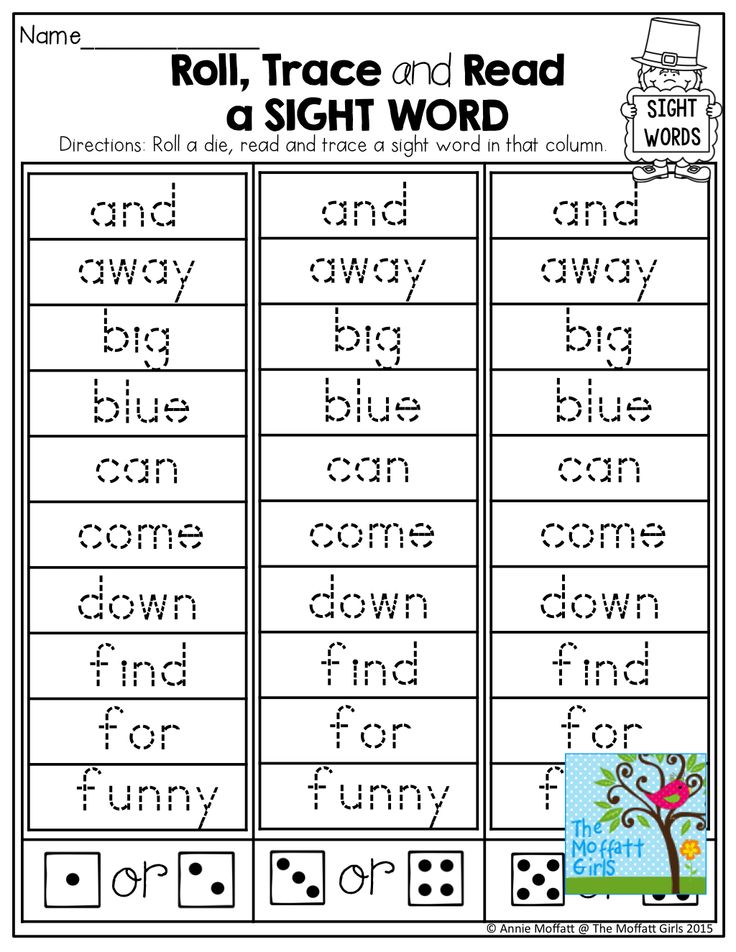 Easy to set up and fun to play.
Easy to set up and fun to play.
Source: @twotolove_bairantwins
16. Spell words to a familiar tune
Get sight words stuck in everyone’s head, in a good way. We’d add a line for chanting the sounds in the word!
Source: @saysbre
17. Feed a word monster
Nom, nom, nom.
Source: @ecplayandlearn
18. Search for the pom-pom under sight word cups
Read all the words as you try to find the cup that hides the prize.
Source: @la.la.learning
19. Play sight word KABOOM
This classroom classic is perfect for sight words. If you need a refresher on the rules, Jillian Starr covers them.
Source: @essentiallykinder
20. Roll and write words
Roll, write, repeat.
Source: @mylittlepandamonium
21. Write words with rainbow colors
Bonus points for aromatic markers.
Source: @mylittlepandamonium
22. Trace words with flashlights
Stock up on batteries because kids never get tired of this!
Source: @giggleswithgerg
23.
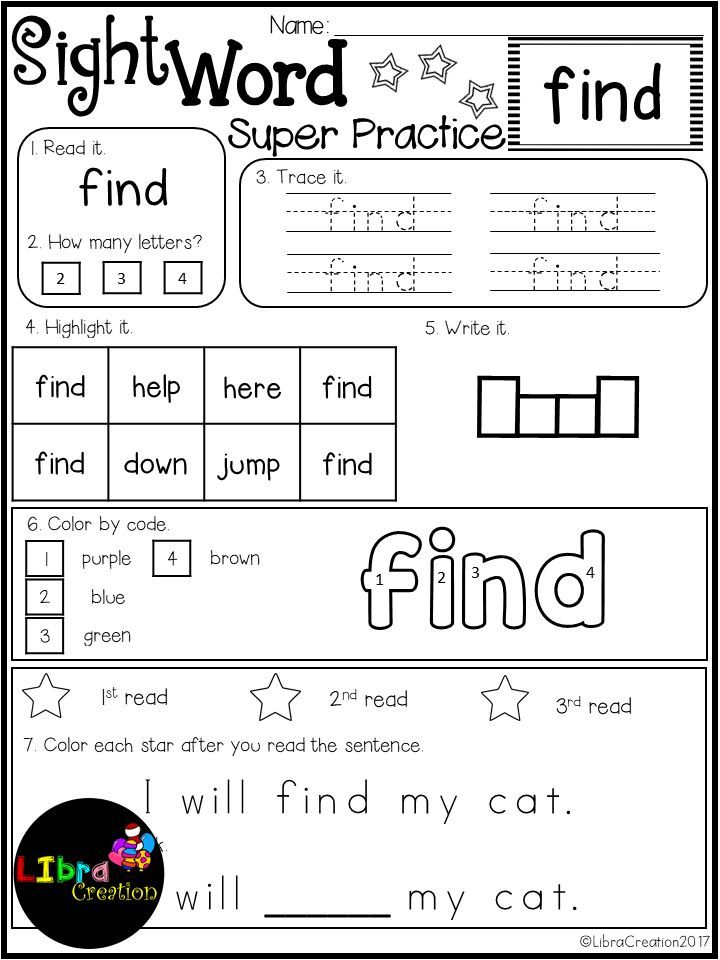 Find words in plastic eggs
Find words in plastic eggsGive kids a checklist of words to find as they open each egg.
Source: @blooming_tots1
24. Spy words around the classroom
Just add a magnifying glass and clipboard to make kids feel like supersleuths!
Source: @readingcorneronline
25. Find words in the morning message
Don’t forget about old standbys! This is one of our favorite ways to get kids to recognize sight words in connected text.
Source: @tales_of_a_kinder_classroom
26. Build words with bricks
Such a great use of extra building bricks!
Source: @raysinkinder
27. Write words in sand
Easy-peasy to set up and keep neat if you use plastic pencil boxes.
Source: @teacherhacks
28. Spell words on a construction site
Bulldozing over each word to read it is the best part!
Source: @planningplaytime
29. Spell words with toy cars
Drive on over!
Source: @lozlovesprep
30.
 Park in a sight word “parking lot”
Park in a sight word “parking lot”This one is easy to modify based on whatever toys are available in the classroom or at home.
Source: @msbendersclassroom
31. “Plant” words in play dough
Watch those reading skills grow!
Source: @planningplaytime
32. Build words in a sensory tub
Because spelling is just more fun when your hands are covered in beans!
Source: @coffeeandspitup
33. Write words on a magnetic drawing board
That eraser track makes for a perfect word card holder!
Source: @moffattgirls
34. Or write words on the window!
Everyone wants a turn to write on the window!
Source: @kindergarten_matters
35. Shhh! Discover words written in invisible ink
Write words in white crayon and reveal them with watercolors on top!
Source: @teachstarter
36. Dot-paint words with a cotton swab
Calming and effective.
Source: @sightwordactivities
37.
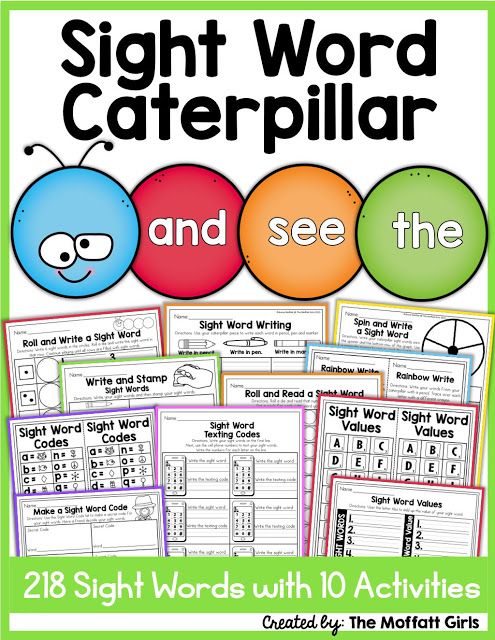 “Type” words on a keyboard
“Type” words on a keyboardBusy day at the sight word office! Use a keyboard cover or any old keyboard.
Source: @lifebetweensummers
38. Read words before heading through the door
The line leader can double as the word pointer during transitions.
Source: @ms.rowekinder
39. Read the word the teacher’s wearing!
Wait, is there something on my shirt?
Source: @theprimarypartner
40. Take a sight word cakewalk
Choose a winning word when the music stops!
Source: @joyfulinkinder
41. Play sight word hopscotch
If you can’t get outdoors, tape on the floor works just as well.
Source: @wheretheliteracygrows
42. Play tic-tac-toe
I’ll be team “the.”
Source: @create_n_teach
43. Go sight word bowling
No bowling pins? Use half-filled plastic water bottles instead.
Source: @thecreativeteacher_
44. Ready, aim, read
Just throw a beanbag at a word target if foam darts are a no-go.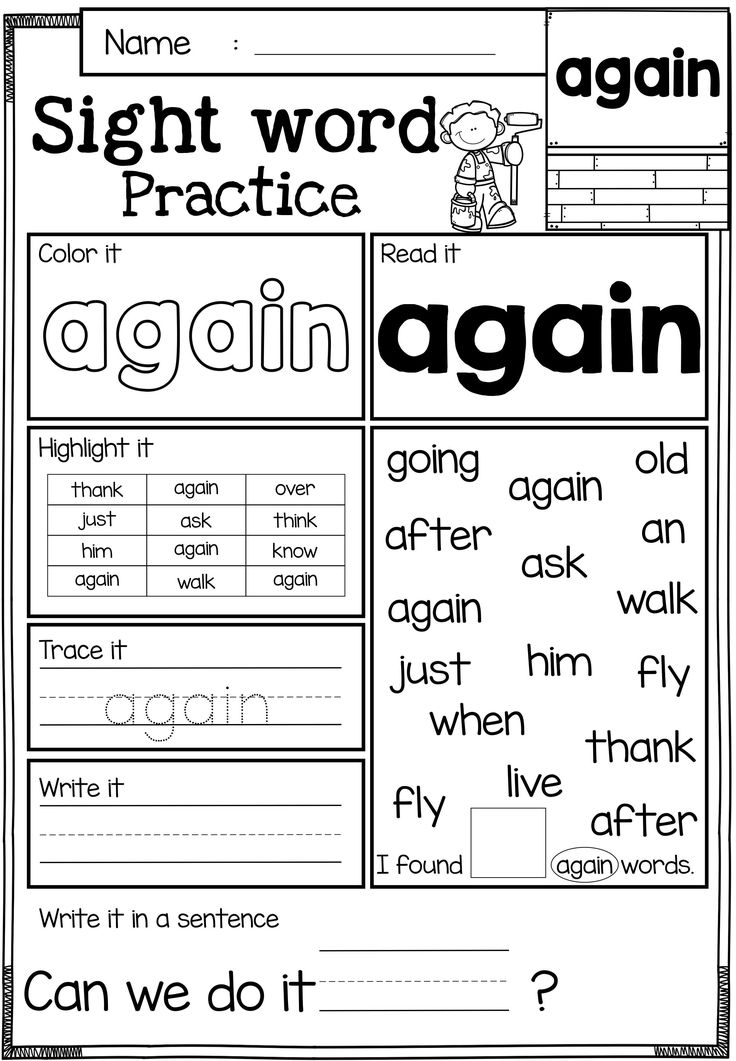
Source: @laurens_lil_learners
45. Play muffin tin ball toss
Toss and read. It’s easy to use colored muffin cups to prep different sets of words.
Source: @homeschooling_fun_with_lynda
46. DIY sentence flash cards
Authentic use of words in context for the win.
Source: @teachertipsandtales
47. Play sight word checkers
King me! If kids don’t have a partner available, they can “play” with a stuffed animal and get double practice.
Source: @sightwordactivities
48. Play sight word Guess Who?
Set up this game once and use it forever.
Source: @lessons_and_lattes
We’d love to hear—what are your favorite sight word activities? Share in the comments below.
Want more articles like this? Be sure to sign up for our newsletters.
Plus, what are sight words?
14 Fun Sight Word Activities and Games (Printables Included!)
Are you looking for fun sight word activities and sight word games that you can do in the classroom with your pre-k or kindergarten students? Or maybe you are looking for something different to send home for homework with your children?
Whether you use the Dolch sight words, the Fry sight words, or another list, we have some options to make this part of your ELA curriculum a whole lot more fun!
Sight Word Games
Sight word games make learning all those words that early readers need to recognize a whole lot easier and a lot more fun too.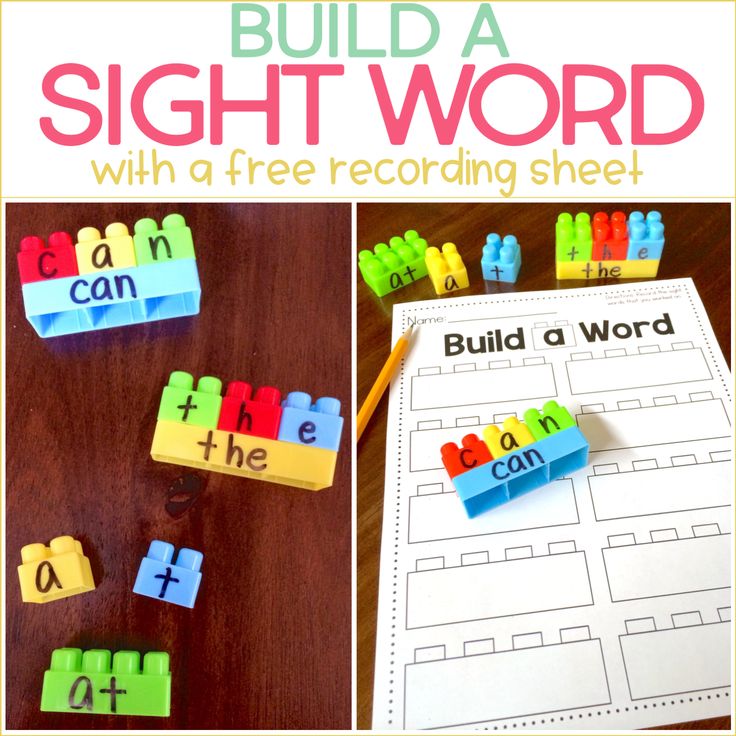 So we did a deep dive into the world of sight words to come up with some games that would help kids remember the most common sight words and make teachers’ lives easier too!
So we did a deep dive into the world of sight words to come up with some games that would help kids remember the most common sight words and make teachers’ lives easier too!
Many of these games are printable, so you can easily use them in the classroom — but there are virtual options too!
How to Play the BOOM Sight Word Game
To kick things off, teacher @misslearningbee shared this sight word game with Teach Starter, and we were instantly hooked not only because it is super easy to set up, but because it has already been tried and tested, and her kids just love it! The best thing about this game is that you can easily differentiate but keep each sight word level together using some rubber bands. Here’s what you need to know:
- Write the chosen sight words on colorful craft sticks.
- Write the word BOOM on a few sticks — this is the key to making this game fun!
- Pair students off to work together (or create small groups!), and set a timer for your desired time.
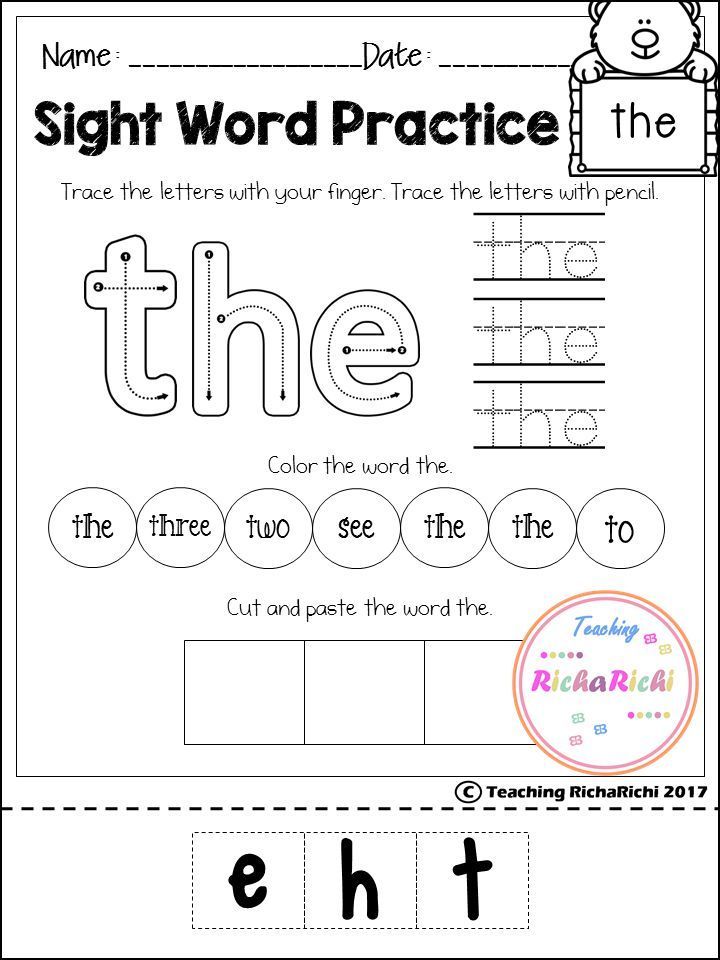
- Place the sticks in a cup with the word side down.
- Students should then take turns passing the cup, pulling out a stick, and reading the word.
- If they read the word correctly, they get to keep the stick!
- If they pull out a BOOM stick, the other player gets all of their sticks. If they’re in larger groups, the student gives their sticks to their partner or person to their right.
- At the end of the time limit, the person with the most sticks wins!
As an extension or alternative to using Boom sticks as a sight word game, you could do rhyming words, or students could put the words into a sentence. Other ideas include:
- parts of speech
- describing words
- numbers
- addition/subtraction problems.
Sight Word Hopscotch Game
Inspired by hopscotch, this sight word game is an active one that will help them get the wiggles out.
Find a tiled area and write one sight word on each tile with three different colors.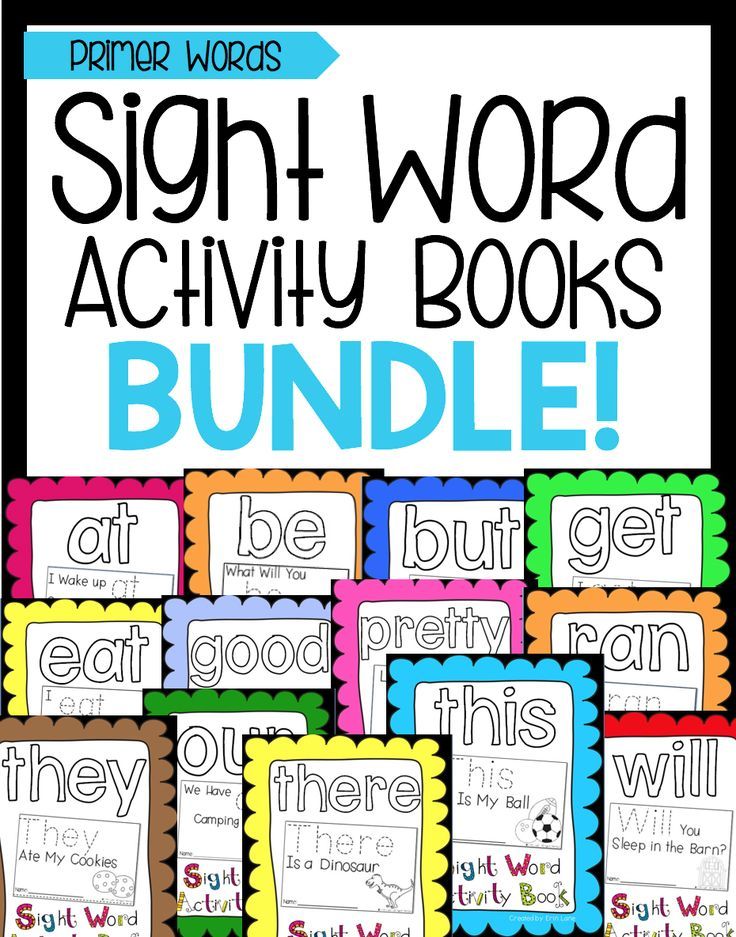 Children then pick a color, and by hopping only on that color sight word, they can get home. They must say each sight word as they hop on it to get to the end.
Children then pick a color, and by hopping only on that color sight word, they can get home. They must say each sight word as they hop on it to get to the end.
Sight Word Fishing Game
It looks basic, but children in my class loved this game — it’s sight word fishing!
Attach paper clips to sight word flashcards, and create a fishing rod with a magnet at the end of the string. In a small group, children take turns trying to fish out a sight word. If they can successfully fish the sight word and say the sight word, they get to keep that flashcard. The child with the most sight word flashcards at the end wins!
Bowling for Sight Words
Pick up a cheap plastic ten-pin bowling set from your local dollar store. Using some sight word flashcards, place a hole punch in the corner, and attach one word to each pin using a rubber band.
Students try and hit as many pins over as they can, then correctly say each of the sight words they knocked over in order to add to their overall score!
Sight Word Popcorn
Print out sight word flashcards on yellow paper and scrunch up just like popcorn.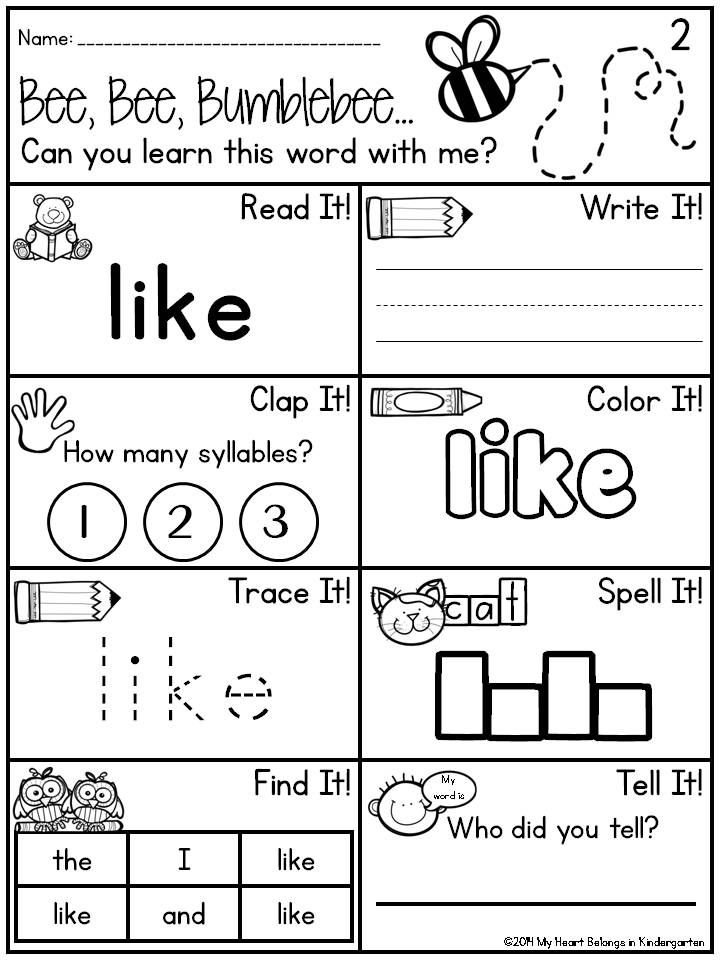 Have students pick a piece of popcorn and read the sight word. If they get it correct they get to keep that piece of popcorn. Who can fill their popcorn bucket first?
Have students pick a piece of popcorn and read the sight word. If they get it correct they get to keep that piece of popcorn. Who can fill their popcorn bucket first?
Printable Sight Word Games
If you are looking for another sight word game that you can play in your reading centers or to send home for some fun sight word practice, we’ve got you covered! Here are some of our sight word games. Although we have used the Dolch Sight Words list of words, you can use the editable version when available to suit the sight words that you may use at your school.
Fishy Find Sight Word Game
For this version of a fishing sight word game, we’ve created the fish you’ll need to get started! Just follow the instructions below!
- Set up a station with a large bowl.
- Attach metal paper clips onto the creatures and attach a magnet to a stick and string.
- To help build word recognition, students need to lower their fishing rod into the bowl, then read the word on the fish they have caught, and then place them in a pile.
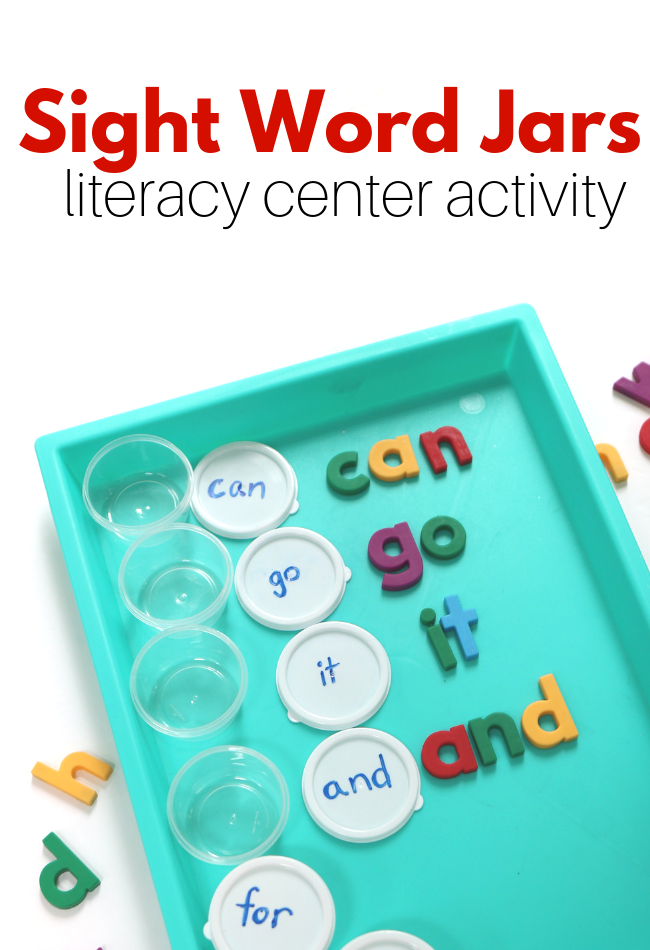
Sight Word Bingo
There was a game to play with sight words, and Bingo was its name-o! (Sorry, we had to!).
This printable sight word game takes classic Bingo and adds the first 100 words on the Fry Sight Words list to make a game the whole class can play! Print them out on sturdy cardstock, and you’ll be able to use the bingo cards, again and again, to help your early readers really nail those crucial words.
Available as a Powerpoint or in Google slides, this is also a great sight word activity for virtual students. Get additional words:
teaching resource
Sight Word BINGO (Fry Word List 101-200)
Practice learning sight words 101-200 on the Fry Sight Word List with our set of 22 Sight Words Bingo cards.
42 pagesGrades: 1 - 2teaching resource
Sight Word BINGO (Fry Word List 201-300)
Practice learning sight words 201-300 on the Fry Sight Word List with our set of 22 Sight Words Bingo cards.
42 pagesGrades: 1 - 2Fun Sight Word Activities
Need other sight word activities that will get your preschoolers and kindergartners excited? These options are not necessarily game-like, but there’s still plenty of fun packed in.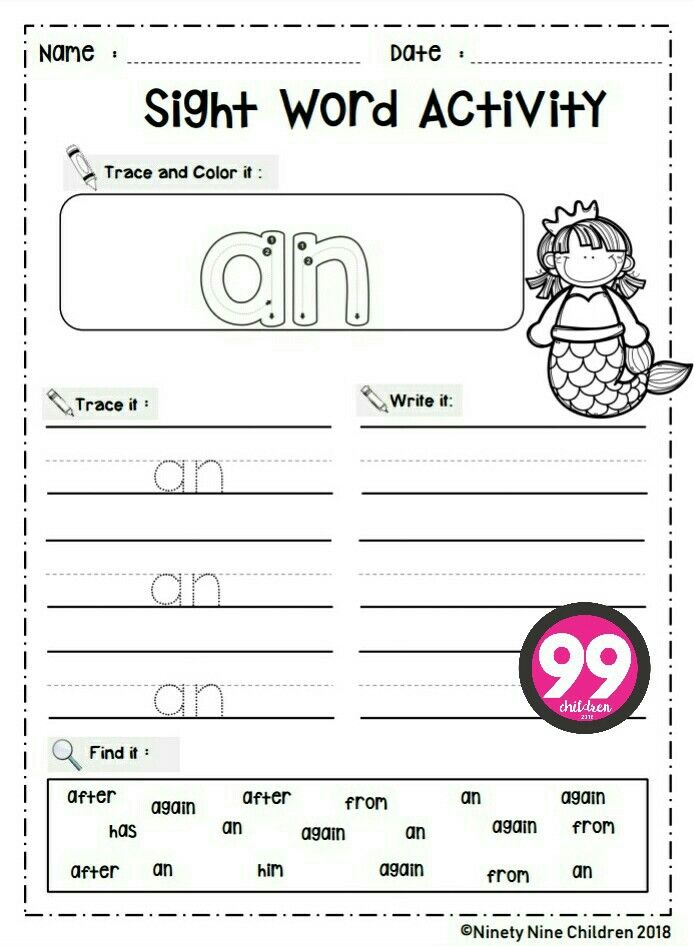
Let Students Write on Their Desks
What’s more fun for kids than the ability to write on the desk?
Use a window marker to write sight words on the desk (don’t worry, the writing comes off easily with a damp wipe). Have students pick three or four sight word flashcards suitable to their level, then have them copy each of the sight words on their desk.
Sand or Rice Writing
Fill a tray with sand or rice in a tray and have students pick sight word flashcards, then write that word in the sand or rice.
Place a sheet of colored paper on the bottom of the tray for a more visually appealing activity.
Sight Word Paper Cup Tower Building
Using paper cups, stick sight words to each cup using a glue stick. Children must correctly say the word on each cup before they can place it on their “sight word tower.” Challenge your students to find out who can correctly say all of the words and create the tallest tower! Bonus: This sight word activity also helps them build those engineering skills.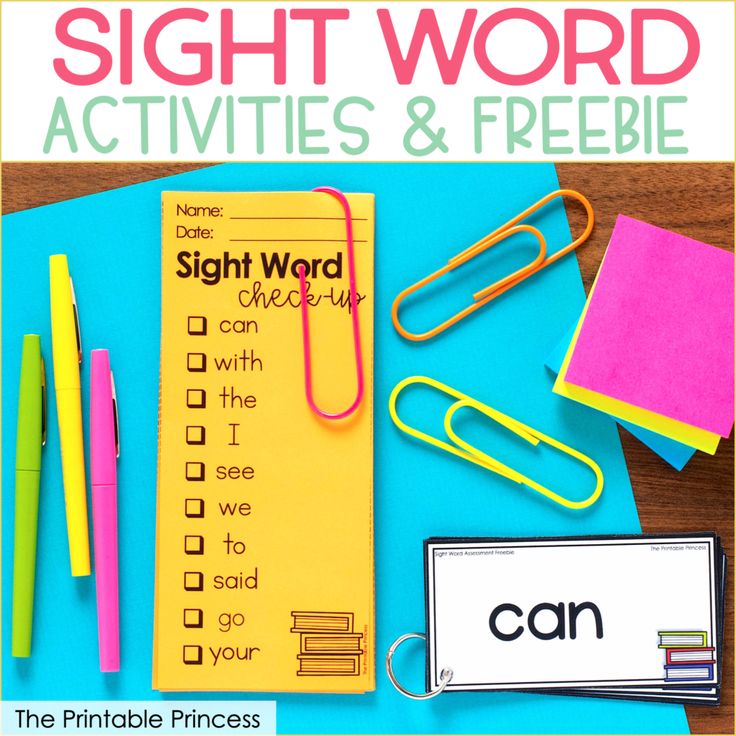
Play Dough Sight Word “Writing”
Who doesn’t love to play with play dough? Using sight word flashcards, have students pick a word and then create it using play dough. You can also print the sight word cards and send them home for parents to practice sight words at home with their children.
Mess-Free Paint Writing
Put some paint or cheap hair gel in a plastic zip-lock bag, have your students pick sight words, and then use a cotton swab or their finger to write the sight word! Easy-peasy lemon squeezy.
Scratch Paper Fun
Black paper that can be “scratched” to reveal rainbow-colored designs isn’t just good for art class. Encourage your students to write each sight word on the scratch paper to create a colorful list of sight words.
Magic Sight Words Activity
Using a white crayon, write some tricky sight words on a white piece of paper. Children then use watercolor paint to discover their magic words.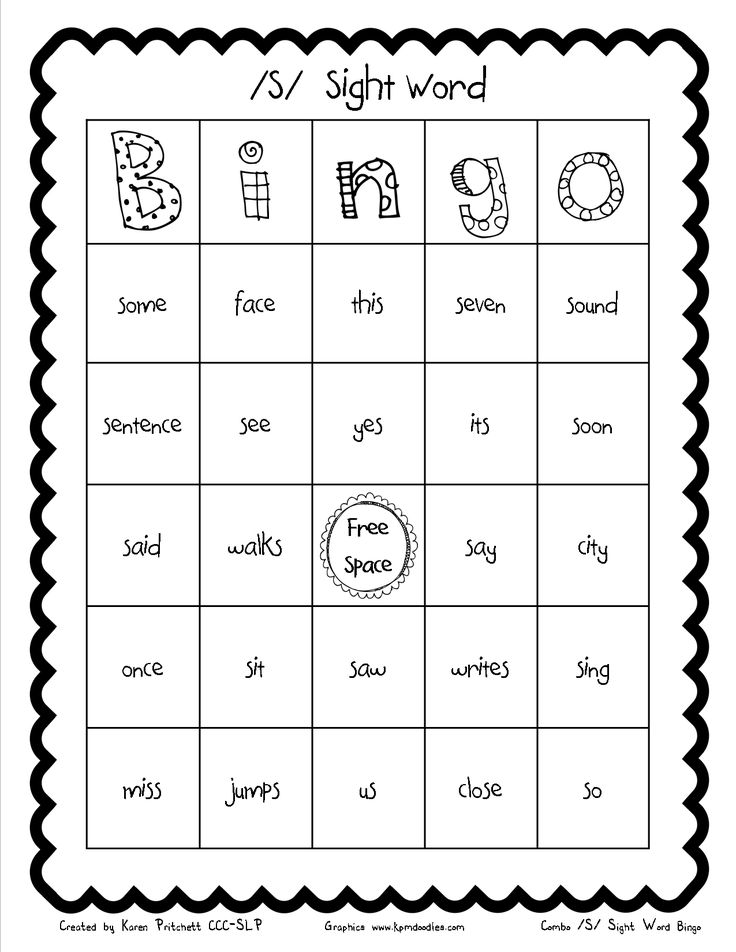 Can they work out what the magic sight words are? Challenge students by writing a secret sight word message for them to discover!
Can they work out what the magic sight words are? Challenge students by writing a secret sight word message for them to discover!
Want more sight word fun? Check out our mini sight word books!
Visuals, audials, kinesthetics, discretes
Learning for a teenager is basically a process of perception and assimilation of the information offered.
Depending on the characteristics of perception and processing of information, people can be conditionally divided into four categories:
- Visuals - people who perceive most of the information through vision.
- Audials - those who mainly receive information through the auditory canal.
- Kinesthetics - people who perceive most of the information through other sensations (smell, touch, etc.) and with the help of movements.
- Discretes - their perception of information occurs mainly through logical comprehension, with the help of numbers, signs, logical arguments.
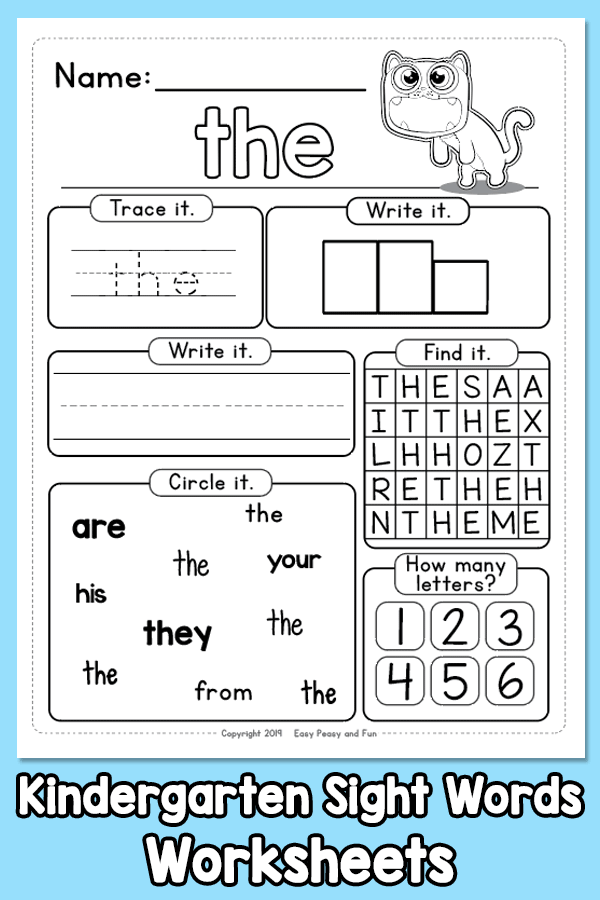 This category is perhaps the smallest in general among people.
This category is perhaps the smallest in general among people.
Why is it important to know how a student perceives information? In the lesson, the teacher can present information to students using all channels of perception: vision, hearing, and the kinesthetic channel, then each of them has a chance to learn at least part of these messages. This is usually what happens. This chance is greatly increased if, for example, both the teacher and the student are visual (or auditory). Unfortunately, there are few kinesthetic teachers among teachers.
If the teacher knows what category their student belongs to, it is easier for them to build a relationship with him. Much becomes clear: why there are problems with discipline, how to properly encourage a teenager or make comments to him, etc.
Now, briefly about how we can recognize the leading channel for perceiving and processing information in a person.
What must be paid attention to:
Dictionary of communication.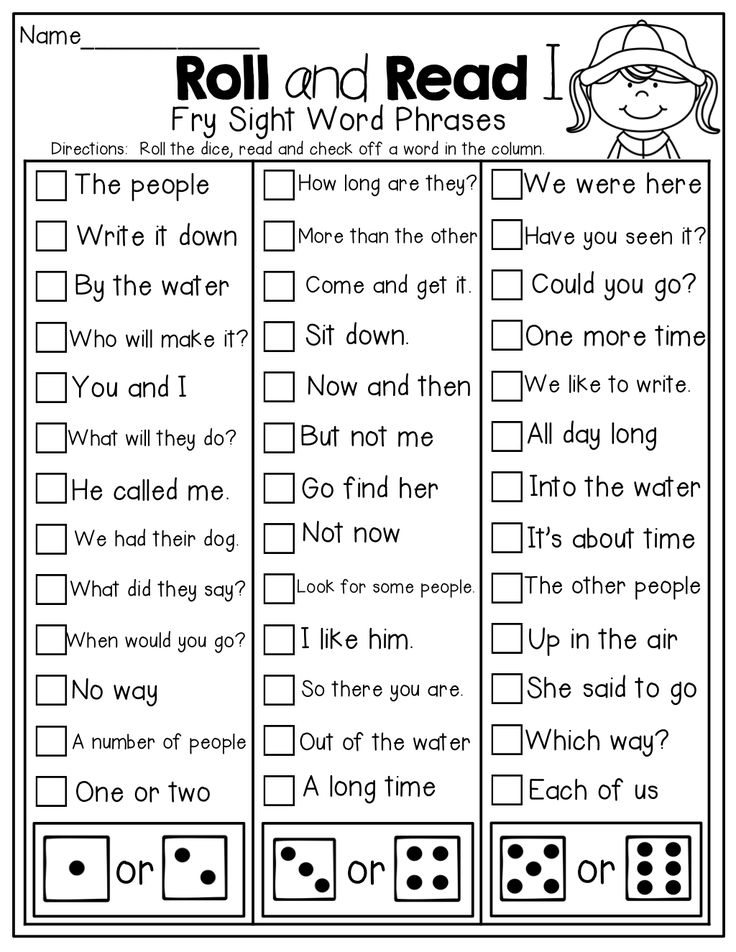
Visual in his speech uses nouns, verbs, adjectives, mainly related to vision (look, observe, picture, at first glance, as you see, etc.). The auditory is characterized by the use of words associated with auditory perception (voice, listen, discuss, silent, silence, loud, euphonious, etc.). The kinesthetic vocabulary mainly includes words that describe feelings or movements (grasping, soft, warm, touch, flexible, good smell, etc.).
Direction of gaze.
In visual communication, the gaze is directed mainly upwards, in audials - along the midline, in kinesthetics - downwards.
Features of attention.
It is generally difficult for kinesthetics to concentrate their attention, and it can be distracted by anything, the auditory is easily distracted by sounds, the noise practically does not interfere with the visual.
Features of memorization.
The visual remembers what he saw, remembers pictures. Auditory - what was discussed, remembers listening.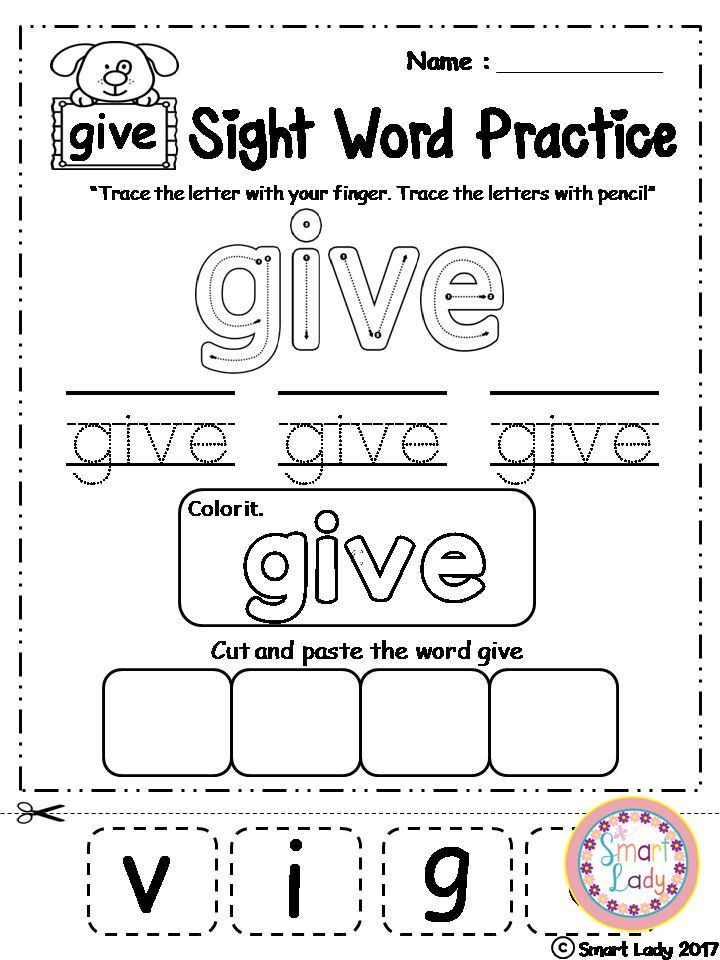 The kinesthetic remembers the overall impression. Remembers moving.
The kinesthetic remembers the overall impression. Remembers moving.
How many opportunities does a teacher have to observe different types of students in their daily activities. For example, see who writes homework how. Let's say it's written on the blackboard. Visual: obediently open a notebook and write down, or rather, rewrite from the board what is given at home. He prefers to have the information he needs than to ask others for it. He will easily perceive it written on the board. Auditory: if he wants to write down his homework, he will most likely ask his neighbor what is assigned. From hearing, he will write down this information in his notebook or at home he can start calling classmates in order to find out what is asked. Kinesthetic: most often, he rummages in his bag for a long time, takes out textbooks from there, finds the necessary pages and circles the numbers of the necessary exercises right in the textbooks.
Observation of behavior at recess will give a lot:
Visual: most often stays in the classroom if the majority of students leave it.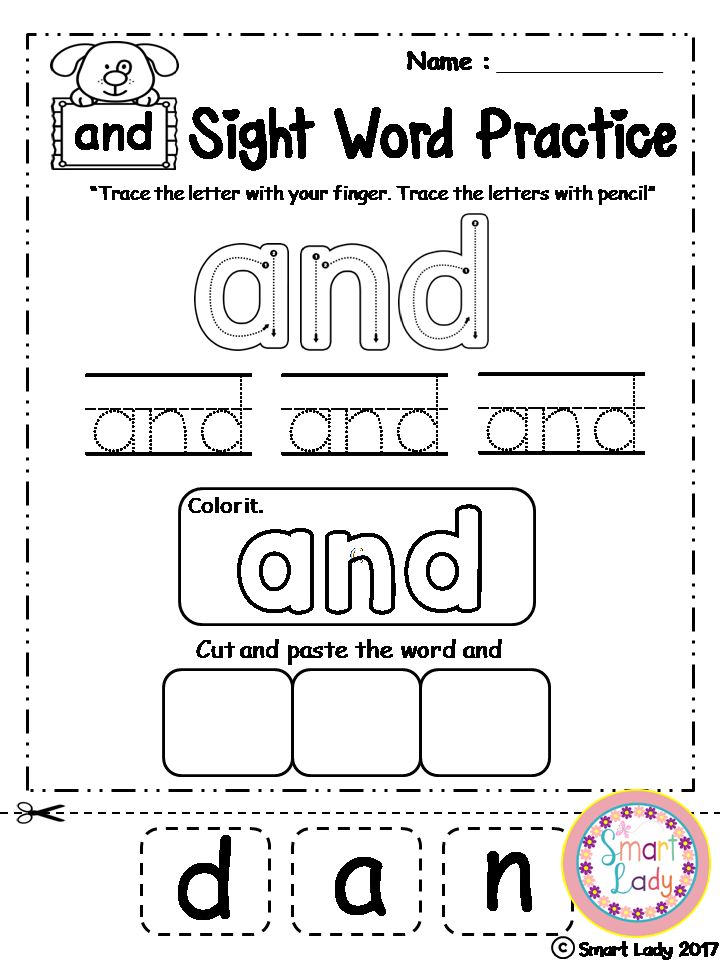 For him, the main thing is the ability to calmly plunge into his visual images. But noisy auditory dialogues or mobile games of kinesthetics can interfere with him. Then he will prefer to go out into the corridor, where he will observe others or consider the information on the walls.
For him, the main thing is the ability to calmly plunge into his visual images. But noisy auditory dialogues or mobile games of kinesthetics can interfere with him. Then he will prefer to go out into the corridor, where he will observe others or consider the information on the walls.
Auditory: uses recess to talk and make noise. Especially if in the previous lesson you had to “keep your mouth shut”.
For a kinesthetic person, a change is needed in order to warm up, to move.
What do these observations say? That every teenager instinctively chooses the way to restore strength that suits him.
It is also necessary to approach each of them individually in educational work.
Experts say:
- A visual can be expected to solve problems quickly;
- From auditory - immediate repetition of the material heard by him;
- It is better not to expect either one or the other from a kinesthetic person - he needs a different attitude, he needs more time and patience from the teacher.
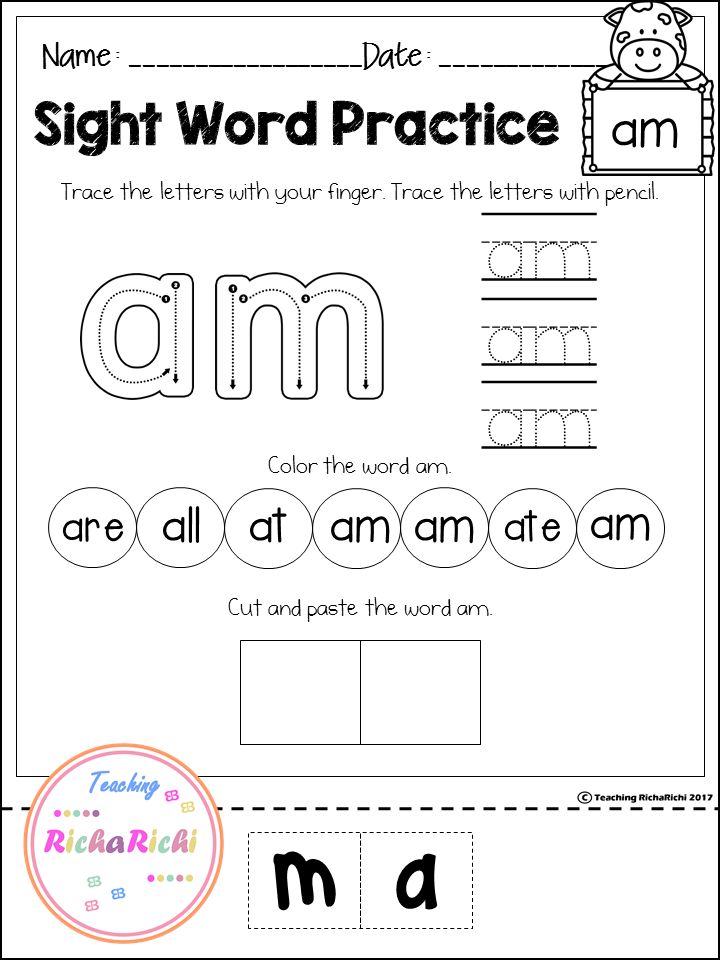
When doing work at a lesson or at home, it is recommended: to allow the visual to have a sheet at hand, on which, in the process of comprehending and memorizing the material, he can draw, hatch, draw, etc. Audial should not make comments when he makes sounds in the process of memorization, moves his lips - this way it is easier for him to cope with the task. Kinesthetics should not be forced to sit still for a long time, be sure to give him the opportunity of motor discharge (go for chalk, a magazine, write on a blackboard, etc.), he memorizes the material better in motion.
Of course, it is very important to communicate with the child in “his language”: with the visual, using words that describe color, size, shape, location, use diagrams, tables, visual aids, etc. With the auditory, using voice variations (volume, pauses, pitch) , reflecting the rhythm of speech with the body (especially the head) at a speed characteristic of this type of perception. With kinesthetic using gestures, touch.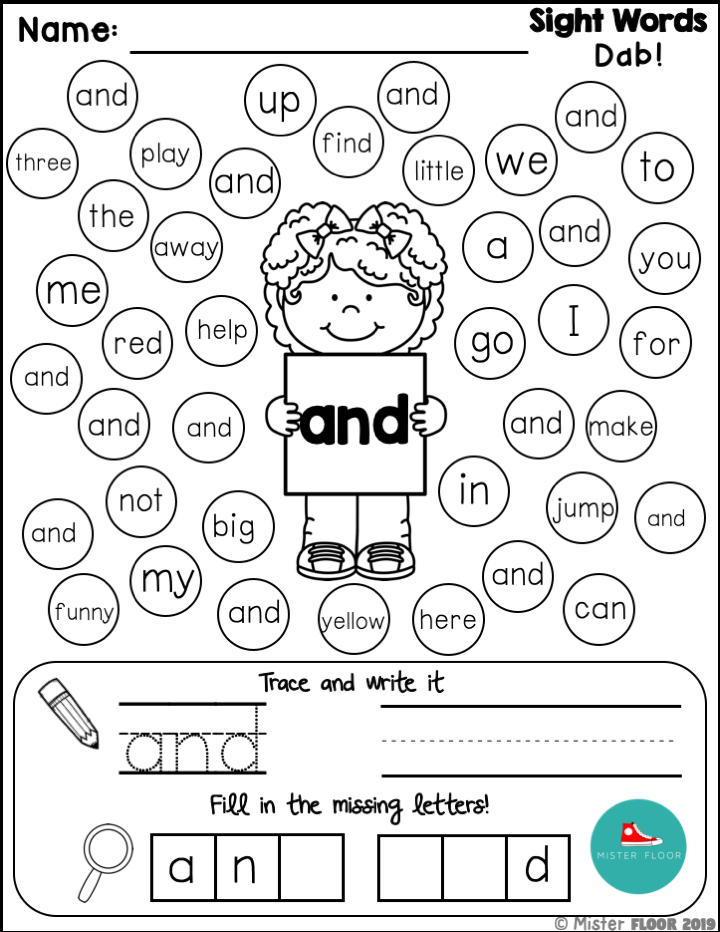 The more exaggeration, the better for memorization. Yes, and remarks on a teenager will have the desired effect if it is done “in his language”:
The more exaggeration, the better for memorization. Yes, and remarks on a teenager will have the desired effect if it is done “in his language”:
- The visual is better off shaking his head, shaking his finger;
- Audialu - say in a whisper “shhhh”;
- Kinesthetic - put a hand on the shoulder, pat on it.
Of course, any person in his life, including a teenager, uses a variety of channels of perception. He may be visual in nature, and this does not mean that other senses practically do not work for him. They can and should be developed. The more channels are open for the perception of information, the more effective the learning process is.
How to determine the nature of a person by his conversation
- Christian Jarreta
- BBC Future
Author photo, Getty Images
Could you determine the nature of the strangers in the bus?
Can what they say and how they express their thoughts tell you about their personality? What if you read a short story? Is the character of its author visible through the lines?
We are often told to think carefully before speaking. But it turns out that the words with which we formulate our thoughts can tell much more about us than what we are trying to convey to the listener.
But it turns out that the words with which we formulate our thoughts can tell much more about us than what we are trying to convey to the listener.
Researchers have found a lot of evidence that our ability to express thoughts - in a conversation or a note in social networks - allows us to accurately determine our character. Even the choice of email can be quite telling.
At first glance, there is nothing surprising here. Of course, extroverts* talk more and louder than their more reserved counterparts. They also tend to speak faster.
(*The article uses the names of personality traits according to the model accepted in modern psychology, which consists of five main aspects: openness to experience, conscientiousness, extraversion, agreeableness, neuroticism. - Rev. )
Extrovert women love to communicate in groups chat rooms, and introverted men are more likely to talk to themselves.
- How divorce affects our personality
- What will the habit of singing in the shower or getting a tattoo tell us?
- Einstein's quirks to take note of
A few years ago, a group of researchers led by Camille Bückeboom at the Free University of Amsterdam conducted a small experiment.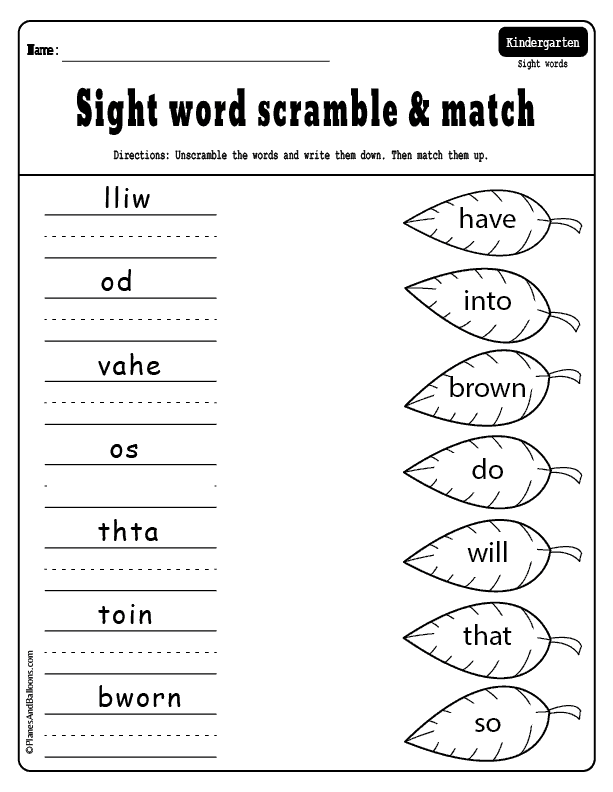
Researchers asked a group of 40 volunteers to look at several photographs of different social situations and describe aloud what is happening in them.
Researchers have found that extroverts tend to express themselves in the abstract, while introverts tend to be more specific.
Extrovert: "This article is great."
Introvert: "This article is very informative."
Author photo, Getty Images
PIDSIS to the photo,Like all extroverts, Muhammad Ali was talkative and loudly spoke
Pass the POSSIST
Podkast Buo Golovnoye Golovna. our journalism Issues End podcast This is consistent with the conclusions of other studies. For example, that introverts (English-speaking, in this case) often use the articles the / a, which are necessary to describe individual objects or events. They usually express their opinion carefully, using words with the meaning of doubt ("possibly", "probably"), as well as concepts that can be defined in specific numbers. Extroverts: "Let's go eat" . Introverts: "Maybe we should have a sandwich u? " . Psychologically, this makes sense. Many extroverts have a fuller life. They tend to drink more alcohol, have more sexual partners, and are more risk-averse than introverts. AND consequently, in speech they are also more self-confident: they boldly operate with facts, express their thoughts more spontaneously and are prone to exaggeration. The relationship between personality and speech is reflected in writing. Researchers Jacob Hirsch and Jordan Peterson of the University of Toronto asked students to describe their past experiences and plans for the future. Researchers noticed that participants who scored high on extraversion were more likely to use words that describe relationships. Which is quite justified, since extroverts lead an active social life, experts noted. It's not just about extroverts and introverts - other aspects of personality are also reflected in speech. People who are open to experience talk a lot about feelings, anxiety and self-doubt "penetrate" in the speech of neurotics, and in the speech of responsible individuals - words associated with achievements and professional activities. Neurotic: "I'm so sad." open experience Responsible : "We can work on it." Image copyright Getty Images Broad-minded people often use verbs with the meaning "to write" Personality types are also clearly reflected in the writing of works of art. In 2010, German psychologists conducted an experiment in which they asked 100 participants to write a short story and use five clue words: "plane crash", "maid", "fireworks", "middle ages" and "supermarket". The study found that the writings of broad-minded participants were more original, while well-meaning individuals were more likely to write about relationships between people. Interestingly, when a group of subjects were shown the stories of other participants and asked to identify the personality traits of their authors, they did so quite accurately. At least in relation to such personal characteristics as openness to experience and goodwill. The mentioned studies predominantly analyzed monologues. What about communication with others? One such experiment showed that if you gather introverts in the same room, their conversations will eventually boil down to discussing problems: "I will look for a new apartment because my roommates drive me crazy. Image copyright, Getty Images ...While extroverts often use verbs meaning "to drink" in their speech Extroverts' conversations, on the other hand, usually cover a wide range of topics, and they are more often devoted to pleasant things and entertainment: "I love to run" and "Steinbeck is an amazing writer." But again, this is in line with what many people already know: extroverts, more than others, know how to simply enjoy life. Of course, today we communicate mainly in chats, emails, blogs and social networks. It turns out that we also discover the features of our personality in the virtual space. Researchers at the University of Texas at Austin analyzed the content of about 700 blogs totaling hundreds of thousands of words. They found that the words their authors used were generally consistent with how they described themselves. Researchers, however, went even further, trying to trace the relationship between personality traits and the use of certain words. They found, for example, that open-minded people more often used verbs with the meaning "to write", and extroverts - with the meaning "to drink". Image copyright, Getty Images Famous transvestite actor RuPaul describes himself as an introvert, well disguised as an extrovert. Like all introverts, he tends to formulate his thoughts more specifically Analysis of Twitter posts reveals a similar situation. Extroverts talk more about positive emotions and social situations. And neurotic (or emotionally unstable) personalities, as a rule, use the first person singular pronouns - "I" and "me" more often. Extrovert: "We are so happy!" . Neurotic: "I had a good time." It's hard to believe, but the relationship between personality traits and speech is so consistent that participants in the same experiment accurately identified the personality of people they didn't know just from their Twitter posts. In fact, we always try to figure out what kind of person is in front of us, almost subconsciously analyzing how he talks. The process of evaluating other people is almost inevitable. One email address or social media name is enough to get us started to form our impression of another person. For example, those with a lot of digits in their email address seem more frivolous to us, and the owners of joking email addresses ([email protected]) are more extroverted, although studies show that this is not always the case. The thought that we reveal ourselves every time we speak or write can be disturbing.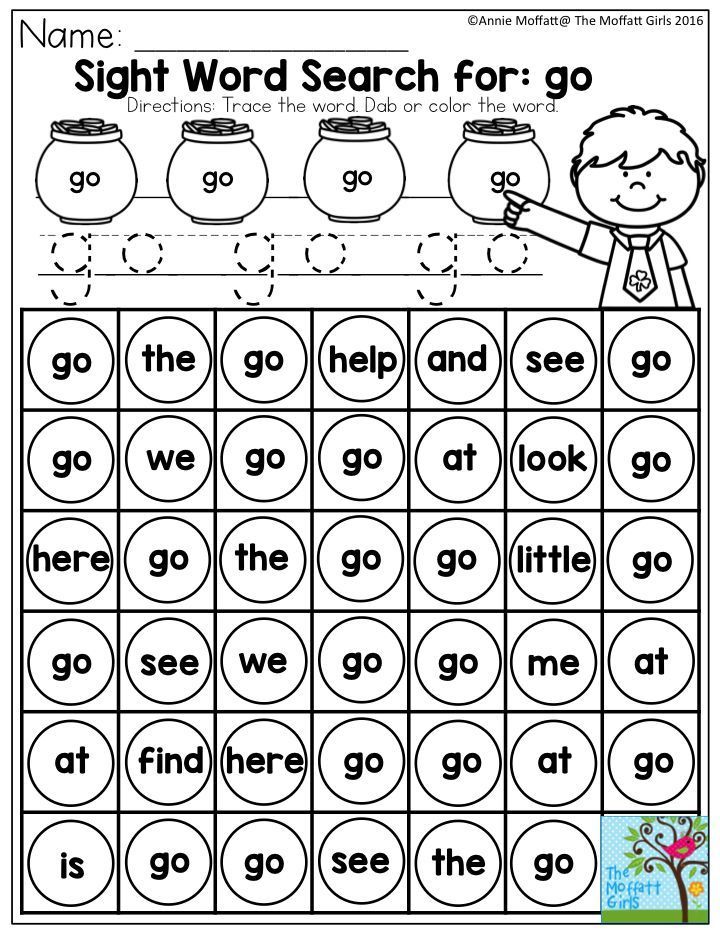

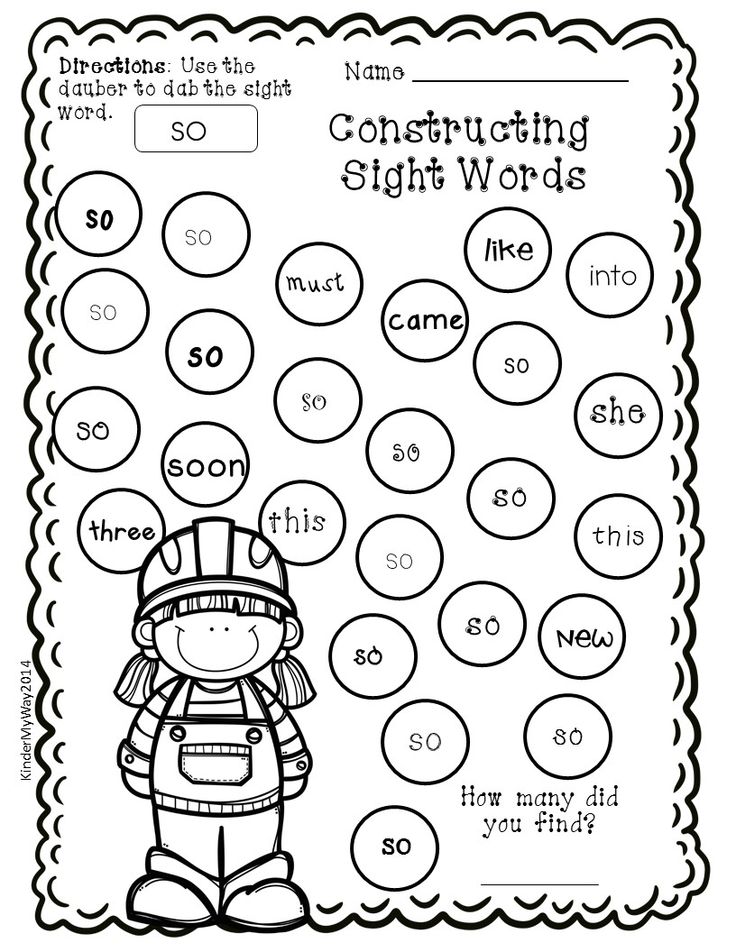
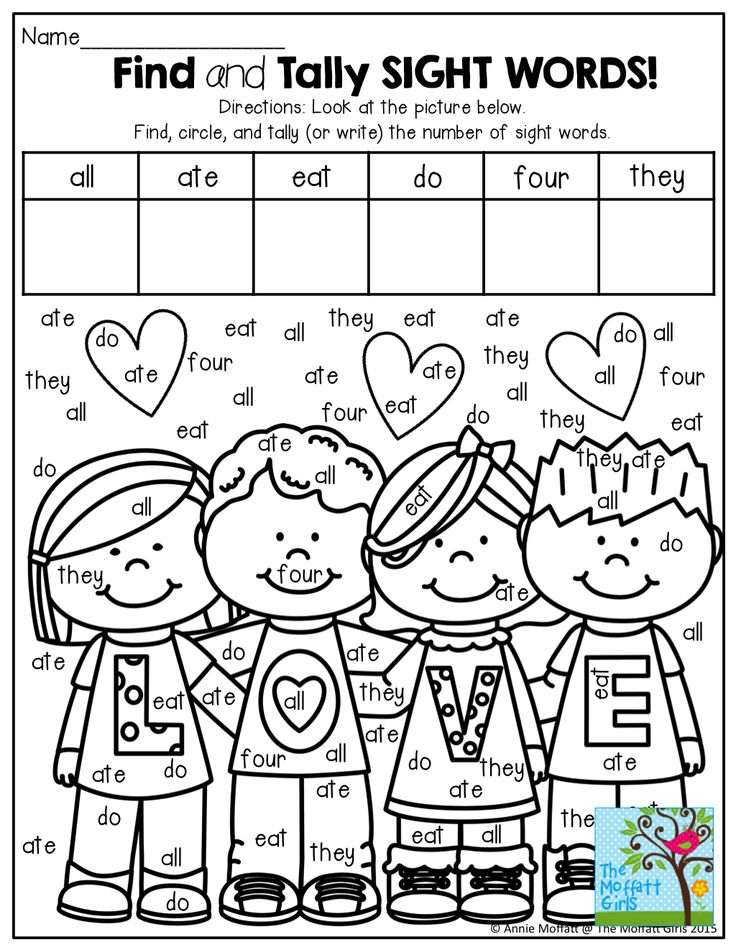 "
"
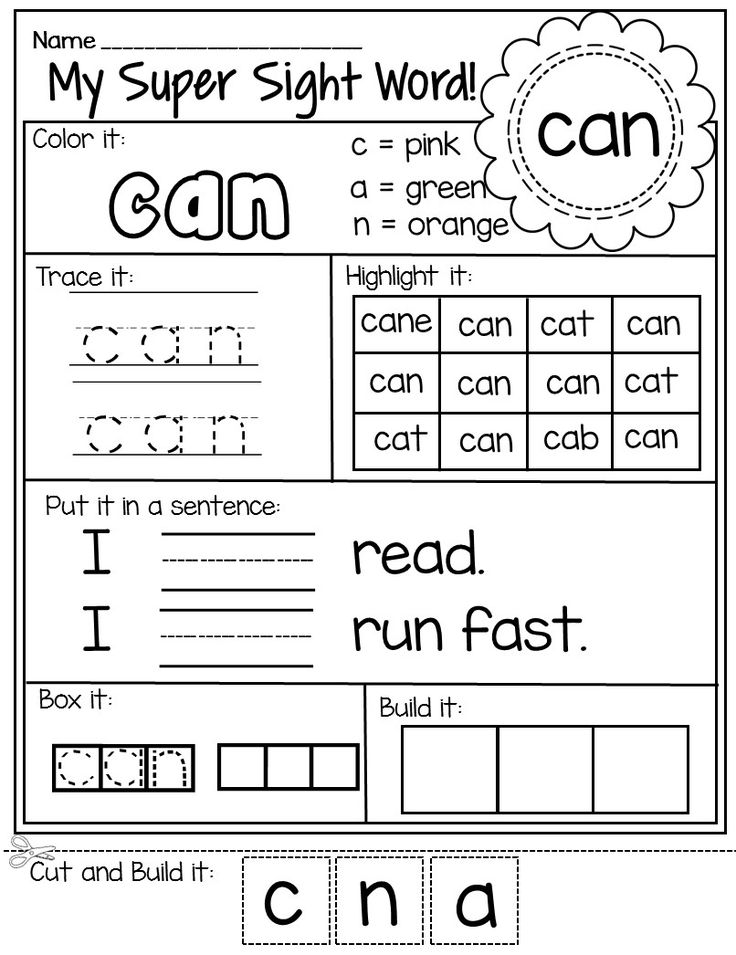 For example, those who rated themselves as a pleasant person used noticeably fewer swear words.
For example, those who rated themselves as a pleasant person used noticeably fewer swear words. 